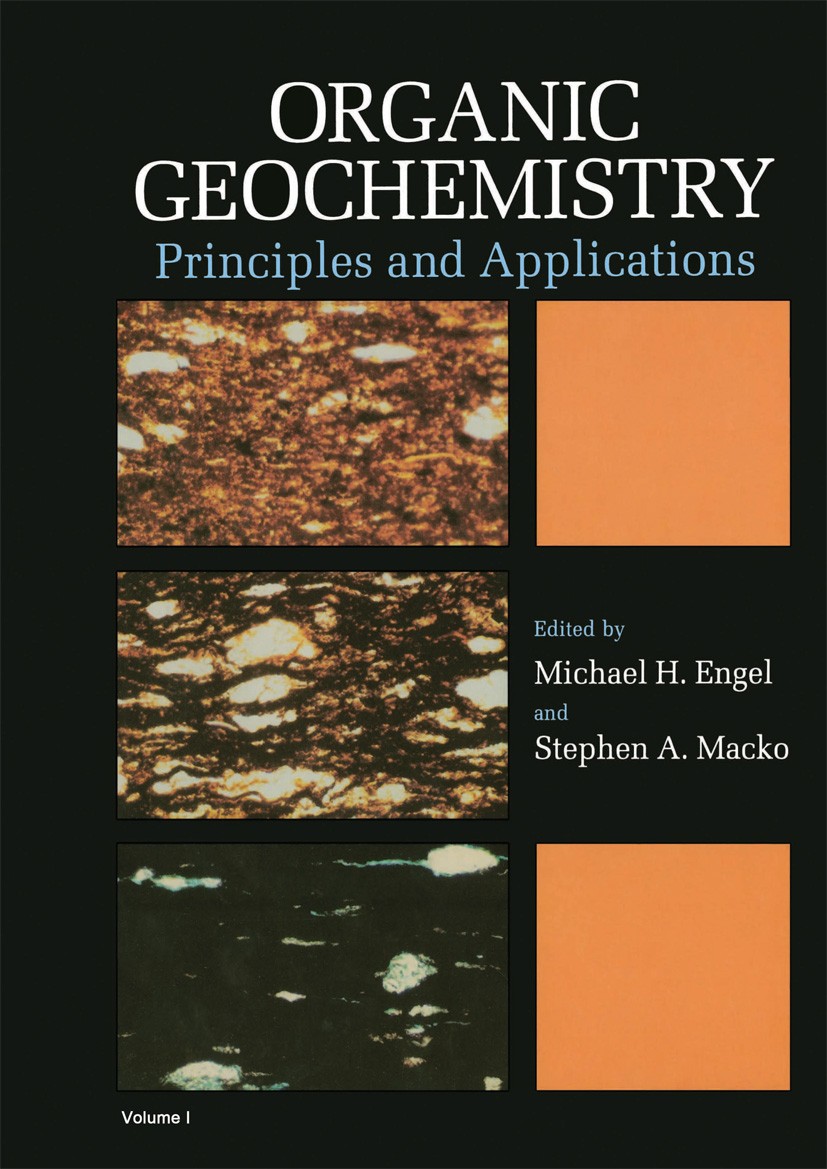Contrasting particulate organic carbon and sediment trophic status in two Antarctic fjords: Hope Bay and Collins Bay
IF 2.5
3区 地球科学
Q2 GEOCHEMISTRY & GEOPHYSICS
引用次数: 0
Abstract
Fjords of the Antarctic Peninsula are sensitive to climate change and important carbon sinks, due to their high sedimentation rates. We used several biogeochemical markers to establish sediment trophic status, origin, and sources of suspended and sedimentary organic carbon (OC) in two fjords, Hope Bay (HB) and Collins Bay (CB). Water samples at different depths and bottom sediments were collected in 2019/20 on board the R/V BAP Carrasco. Distinct glacier runoff settings between the two studied fjords were reflected in different physico-chemical water column conditions. Based on its isotopic and biopolymeric composition suspended particulate organic carbon (POC) in both HB and CB, can be considered fresh with high nutritional and energetic quality. Also, POC is derived from recent phytoplankton production, subjected to little bacterial degradation and zooplankton grazing. The predominance of muddy sediments and high total proteins (PRT) concentrations (2.88–3.04 mg g−1) in CB, contrasting with sandy sediments and low PRT concentrations (1.37–1.55 mg g−1) in HB, were consistent with a higher sedimentation rate in CB than in HB. The predominance of PRT-rich and fresh marine sedimentary OC in bottom sediments of the two fjords denoted the occurrence of an important benthic-pelagic coupling. Sedimentary C/N and δ13C indicated a main autochthonous marine origin of OC in bottom sediments of the two fjords. Biopolymeric carbon (BPC) concentrations showed that HB sediments are mesotrophic, whereas CB sediments are eutrophic, with a high organic load. Our results show the relevance of getting an integrated vision of both the pelagic and the benthic systems, for a better understanding of OC pathways and fate in Antarctic fjords undergoing rapid environmental changes linked to climate change.

对比南极两个峡湾:希望湾和柯林斯湾的颗粒有机碳和沉积物营养状况
南极半岛的峡湾由于其高沉积速率,对气候变化非常敏感,也是重要的碳汇。利用几种生物地球化学标记,对Hope Bay (HB)和Collins Bay (CB)两个峡湾的沉积物营养状况、悬浮有机碳和沉积有机碳(OC)的来源和来源进行了研究。2019/20年,在R/V BAP Carrasco船上收集了不同深度的水样和底部沉积物。不同的物理-化学水柱条件反映了两个研究峡湾之间不同的冰川径流设置。根据其同位素和生物聚合物组成,悬浮颗粒有机碳(POC)在HB和CB中都可以被认为是新鲜的,具有较高的营养和能量品质。此外,POC来源于最近的浮游植物生产,很少受到细菌降解和浮游动物的放牧。与砂质沉积物和低PRT浓度(1.37 ~ 1.55 mg g - 1)的HB相比,CB中泥质沉积物和高PRT浓度(2.88 ~ 3.04 mg g - 1)的优势与CB中高于HB的沉降速率一致。两峡湾底部沉积物以富prt和新鲜海相沉积OC为主,表明存在重要的底-海耦合作用。沉积C/N和δ13C表明,两峡湾底部沉积物中OC主要为海相原生来源。生物聚合碳(BPC)浓度表明HB沉积物为中营养型,而CB沉积物为富营养型,具有较高的有机负荷。我们的研究结果表明,对海洋和底栖生物系统进行综合研究,有助于更好地了解南极峡湾中与气候变化相关的快速环境变化的OC路径和命运。
本文章由计算机程序翻译,如有差异,请以英文原文为准。
求助全文
约1分钟内获得全文
求助全文
来源期刊

Organic Geochemistry
地学-地球化学与地球物理
CiteScore
5.50
自引率
6.70%
发文量
100
审稿时长
61 days
期刊介绍:
Organic Geochemistry serves as the only dedicated medium for the publication of peer-reviewed research on all phases of geochemistry in which organic compounds play a major role. The Editors welcome contributions covering a wide spectrum of subjects in the geosciences broadly based on organic chemistry (including molecular and isotopic geochemistry), and involving geology, biogeochemistry, environmental geochemistry, chemical oceanography and hydrology.
The scope of the journal includes research involving petroleum (including natural gas), coal, organic matter in the aqueous environment and recent sediments, organic-rich rocks and soils and the role of organics in the geochemical cycling of the elements.
Sedimentological, paleontological and organic petrographic studies will also be considered for publication, provided that they are geochemically oriented. Papers cover the full range of research activities in organic geochemistry, and include comprehensive review articles, technical communications, discussion/reply correspondence and short technical notes. Peer-reviews organised through three Chief Editors and a staff of Associate Editors, are conducted by well known, respected scientists from academia, government and industry. The journal also publishes reviews of books, announcements of important conferences and meetings and other matters of direct interest to the organic geochemical community.
 求助内容:
求助内容: 应助结果提醒方式:
应助结果提醒方式:


